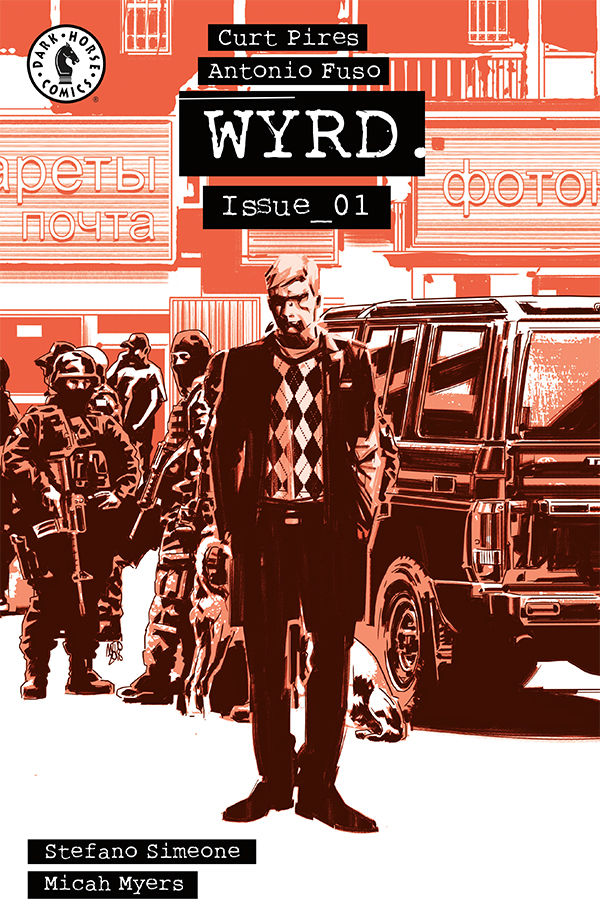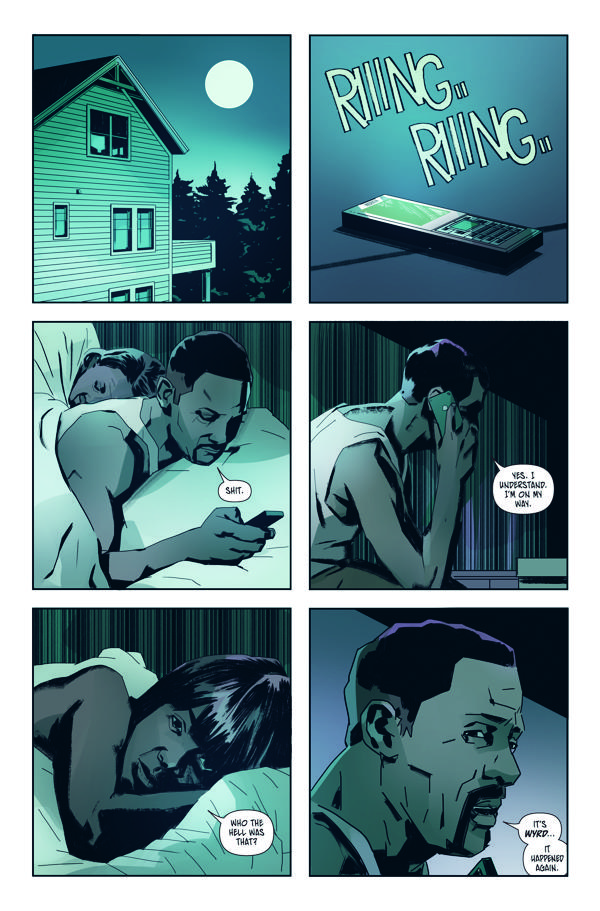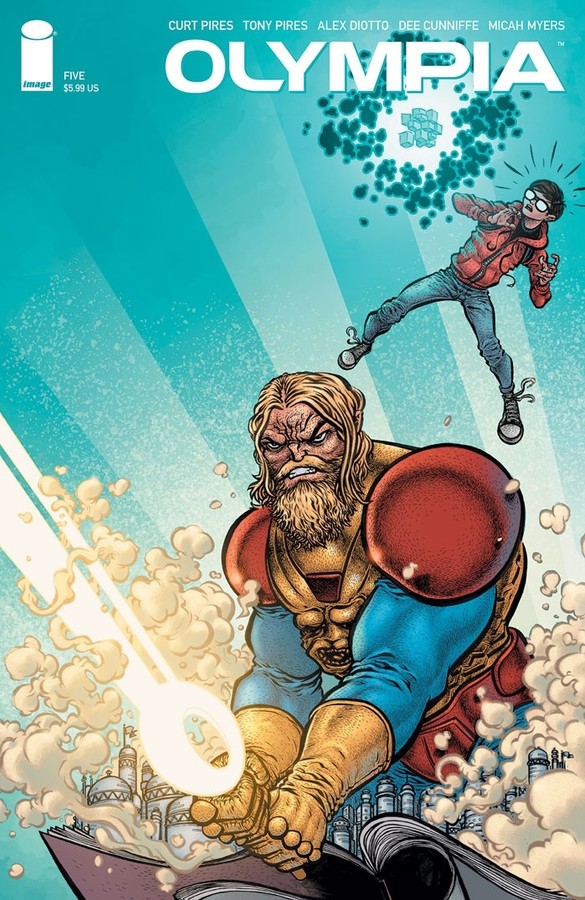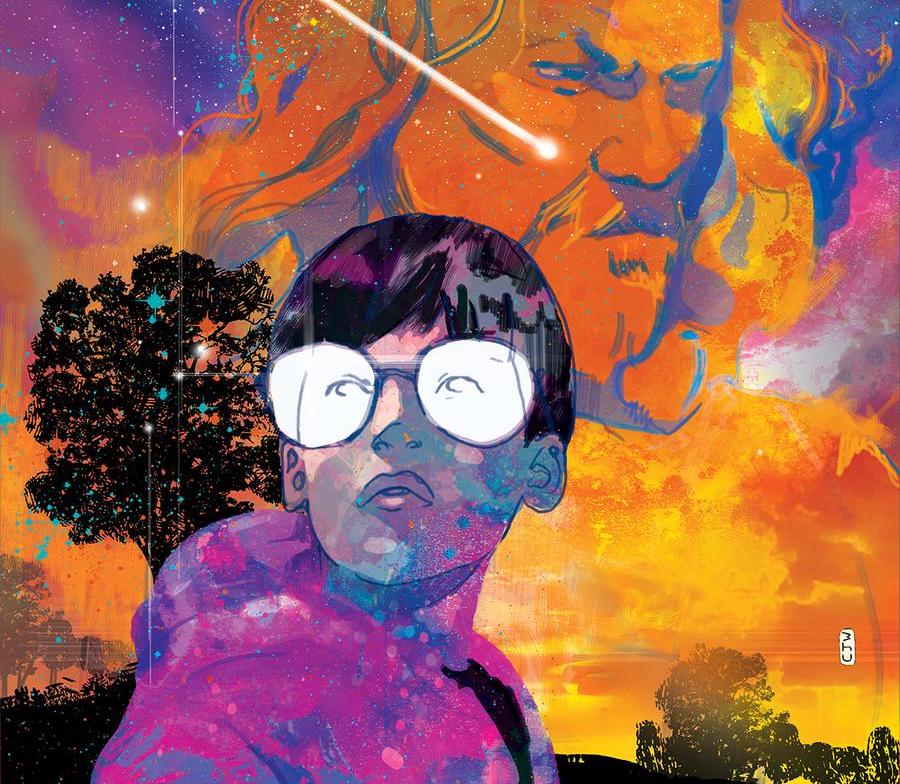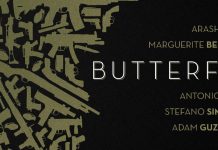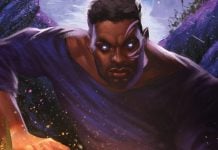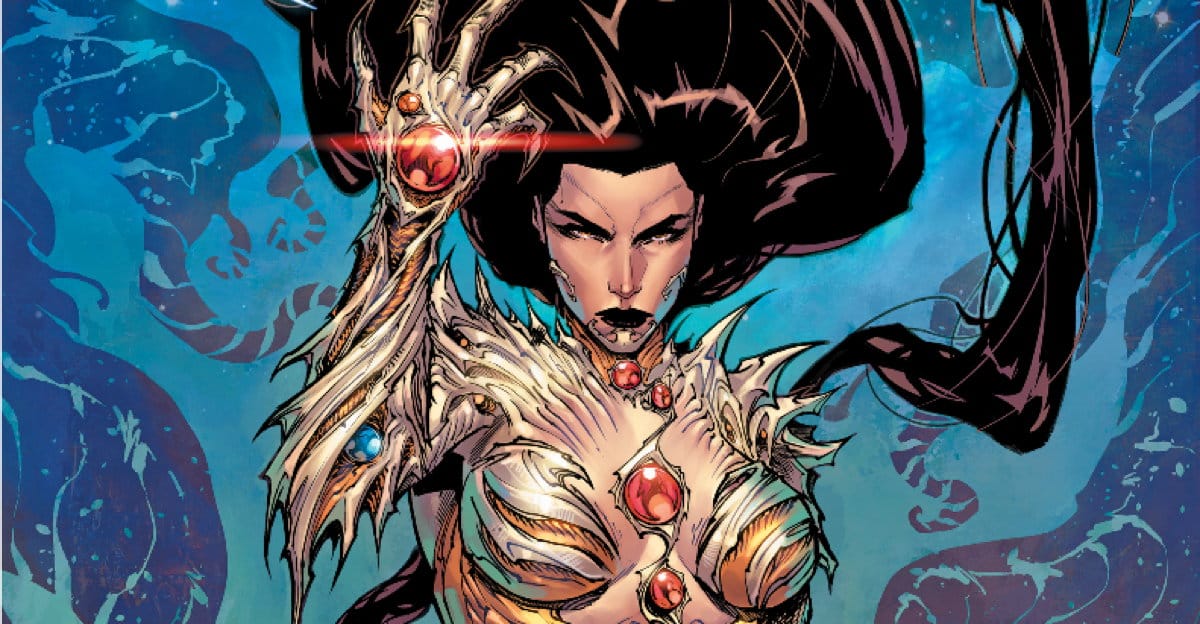WYRD is easily one of my favorite miniseries of 2019. The comic is a tribute to Hellblazer and classic Vertigo, but never at the expense of telling an original story. The series bounces around time, following the ageless Pitor Wyrd solve supernatural cases that governments can barely even comprehend. Even though the it’s nonlinear, the story contains a clear and resonant emotional arc. I was really happy for the opportunity to interview the book’s writer Curt Pires about the series, its influences, and his approaches to storytelling
As a bonus, Curt is offering a free digital download of the 1st issue to the readers. You can find a link at the end of the interview.
With so many myths, legends, and works of fiction to choose from, how did you decide what kinds of characters and concepts you wanted Wyrd to encounter?
It starts from a place of Story. I think everything does. I had the general idea of where the story needed / wanted to go and as we hit those beats, I tried to incorporate sort of easter eggs and remixes of popular culture artifacts into the stories in a way that readers might pick up on and appreciate. WYRD himself is sort of a remix / deconstruction of the Constantine / Bond paradigm so it only makes sense to populate the world with characters that are also deconstructions and remixes of popular fiction characters.
How do you feel seeing the world through Wyrd’s eyes provides a new perspective on those classic stories?
I think we filtered these stories through the prism of Wyrd’s narrative structure and world-view. I think of Wyrd as like an elevated version of our own world, so I want all the stories to feel grounded in a sort of reality. The Nolan Batman films were a big influence in that regard. I mean, obviously there are elements to those films, and to the Wyrd stories, that are fantastical, but I wanted everything to feel grounded in a concrete reality. Even if the stories might be taking place five minutes into the future.
At the center of the series is Wyrd’s personal tragedy and how his outlook changed because of it. Was it challenging to make Wyrd’s emotional journey feel cohesive while the series itself jumps back and forth through time?
I tried to make the jumps around feel as simple as possible by using captions to clearly indicate the time period they take place in. At the same time, I didn’t want it to be so simple as to make things Boring. I think this sort of puzzle-like mosaic construction is what makes the book worth reading and ultimately re-reading. There’s a lot in there to pick up on and piece together if you’re paying attention.
Did viewing Antonio’s depiction of Wyrd and the world around him affect how you see the character?
Definitely. I think Antonio’s approach to the character and his abilities as a storyteller emboldened me to take leaps with the story that I wouldn’t have had I not felt so confident in the abilities of my artistic partner.
Wyrd would look markedly different if anyone but Stefano colored the series. Did you always want such bold, distinctive colors for the series?
I really left the colors and art direction to Antonio and Stefano. They work very closely together–in the same studio–so they had a very natural relationship and the ability to develop a color system and visual language for the book.
The miniseries was only four issues but feels like something that you poured a lot of yourself into. Did you find Wyrd to be an especially creatively fulfilling or meaningful project?
I try to put everything I have into everything I make. It’s kind of the only way I know how to do things. Sometimes I wish I could throttle back a bit and not obsess over every element and story choice, but I think it’s what ultimately makes my work stand out. I put everything I’ve got into making every issue of every project as good as possible. Some are better than others, but I always give it my all.
You’re also writing Olympia at Image, which is an ode to superhero stories. What was it like to work on two different series that pay homage to different parts of comic book history?
I’ve been working on Olympia even longer than WYRD I think. Both books were instrumental in getting me going back on making comics and writing again after a real rough couple years in my family / personal life. I had a great time working on both books. Although, Olympia was harder at points just because of the personal baggage and losing my dad before the book came out.
What appeals to you about writing stories that draw so much from comic book history?
I’m not really sure, to be honest. I think the history of our medium has just been on my mind a lot recently. The way these characters who shape the mythology of our modern entertainment landscape were created by hired guns just trying to survive and hit deadlines and pay rent. I don’t know–I try to create for the future, but really be aware and respectful of the past. I think we have a responsibility to creators from the past, as well as future creators to leave things better than we found them – and fight for creator rights.
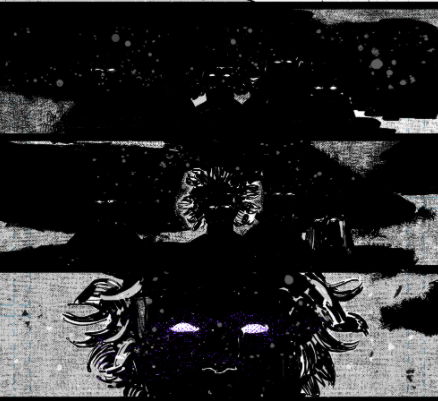
Wyrd and Olympia pay homage largely to comics from several decades ago. What comics being made now do you think will become the new stories that creators reference and pay respect to in their work?
I think what Jonathan Hickman’s doing is very impressive. His re-invention of the X line and his commitment to pushing the envelope in his own creator-owned stories inspire me. Jason Aaron does some incredible work too, I’m a really big fan. He has a huge range which is something I admire. He can go from something like Southern Bastards to Avengers and not miss a beat. That’s a skill that I’ve been learning with doing WYRD and Olympia at the same time. I also think my work will stand the test of time, and resonate as really being ahead of the curve. The best is yet to come.
If you haven’t read WYRD yet, download a PDF of the first issue here. The 4-issue series is now available as a trade paperback and all five issues of Olympia are out now. Follow Curt Pires on Twitter @CurtPires to keep an eye out for his future projects.
Matt Chats is an interview series featuring discussions with creators or players in comics, diving deep into industry, process, and creative topics. Find its author, Matt O’Keefe, on Twitter and Tumblr. Email him with questions, comments, complaints, or whatever else is on your mind at [email protected].



